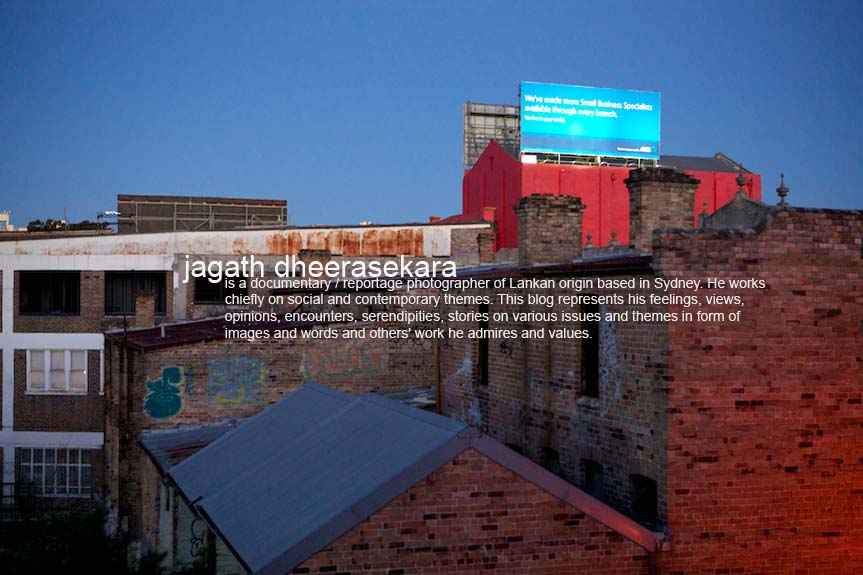.jpg)

.jpg)
Pearl fishing was subject to strict regulation and scrutiny of the British colonial rule. Accounts by Leonard Woolf who was in the British colonial administration of the island from 1904 to 1911 gives a detailed description as to what sort of industry it was, life conditions of those involved and who they were and what kind of relationship the British had with them and the industry. Bizet's 19th century romantic opera, the Pearl-Fishers was no sheer coincident. It was to cater for the prevailing vogue, replicating the orient in the west. On the other hand, the elite, who were the primary audience and patrons of the art were very much inclined to consume this romanticism quite well as most of them were in the opinion that the west was in a mission of civilizing the orient through colonial rules. Therefore the atrocities of a colonial rule were the pains in gaining in the eyes of those rulers and religious missions.
Christopher Ondaatje quotes from Leonard Woolf's "Growing" in his book, Woolf in Ceylon (chapter titled Pearls and Swine).
“The pearl fishery camp was always at Marichchukaddi, which, as the crow flies is about eighty miles from Jaffna. When there is no fishery, Marichchukaddi is merely a name on a map, a stretch of sandy scrub jungle with the thick jungle beginning half a mile inland. There was no road to it, only a rough sandy track along the coast to Mannar, so that the only way to reach it was by sea ... About twenty to thirty thousand people came from all over Asia to the fishery, divers, jewelers, dealers, merchants, traders, financiers, shopkeepers, dacoits, criminals.
Leonard Woolf
.......
Christopher Ondaatje further puts in the same chapter ....
“ The Marichchukaddi pearl fishery was said to date from very ancient times. Under the British, it existed erratically, dependent on enough pearls being dredged up from the oyster banks by the superintendent of pearl fisheries for him to declare a fishery in the following February. The diving was of a very primitive kind. Arab divers came from the Persian Gulf in dhows, Tamil and Moor divers from India in their boats - 8,667 of them were registered for the fishery of 1906. They plunged from their vessels down to the oyster banks wearing no equipment other than a nose clip and a rope, which was used to haul them up with their basket of oysters. Occasionally, they were hauled up drowned, and the body would be brought ashore for the cause of death to be certified by the Government; Woolf gave a graphic and moving description.
“His (Leonard Woolf) exhausting task at the pearl fishery, which went on day and night, was to supervise the landing of oysters, their transfer to a large stockade known as the koddu, their sorting into piles, and their distribution and sale: one third went to the divers, two thirds to the Government. As the divers rushed out of the koddu with their share of oysters, they were besieged by dealers and merchants, who then hurried off to open what they could buy. The number and quality of the pearls they discovered would determine their bids at the auction of the government's share every evening. Around this central activity, a temporary town of perhaps thirty thousand people sprang up-all of it under the control of a mere four Europeans: the government agent, his assistant, a superintendent of police, and Woolf, who had been designated 'assistant koddu superintendent'.
“He (Leonard Woolf) liked the Arab divers most, finding them less distant than the Tamils:
The Tamil treated one as someone apart; he would never dream of touching one, for instance. The Arabs, on the other hand, although extremely polite, treated me as a fellow human being . . . They would surround me and make long eloquent guttural speeches, and often if one of them got excited, he would put his hand on my shoulder to emphasise the torrent of his words.
“ Probably the difference in religion was influential here: there was no direct equivalent among the Arabs of the caste feeling among the Hindu Tamils. At any rate, the Arab sense of 'equality' was used by Woolf to justify some rough-and-ready methods. He told Strachey: "the Arabs will do anything if you hit them hard enough with a walking stick". According to him, they were vastly amused by his "beatings", which he employed mainly to clear a passage through them into the koddu. One Arab gave him a camel-hair headdress and a nose clip, so it would seem that Woolf's rather aggressive policing did not provoke much resentment. He himself noted that he never dared to strike the non-Arab divers.
“Pearls were extracted from the oysters for their purchasers by leaving the oysters to rot in the sun for several days. Therefore an overpowering stench hung over the pearl fishery, along with a cloud of millions and millions of flies. It was essential to cover every morsel of food thoroughly until the moment it was put into the mouth-a rule that Woolf scrupulously obeyed, having just recovered from typhoid. How very different it all sounds from the extremely exotic and lyrically beautiful Ceylon pearl fishery in Bizet's nineteenth -century opera The Pearl Fishers!
“Pessimism is the dominant note of Woolf's finest short story, "Pearls and Swine", about the pearl fishery, which he published in Stories of the East in 1921. There is little sign in it of the exotic elements found in his two other stories, "A Tale Told by Moonlight" and "The Two Brahmans". Besides capturing the strangeness of the pearl fishery and the gritty texture of colonial life, "Pearls and Swine", with its perfectly judged title, is a literary achievement that is almost, though not quite, on a par with the classic Kipling stories of India that Woolf admired.”

1 comment:
It's a good read.Try man eater of punani as well. I preferred the latter though.
Post a Comment